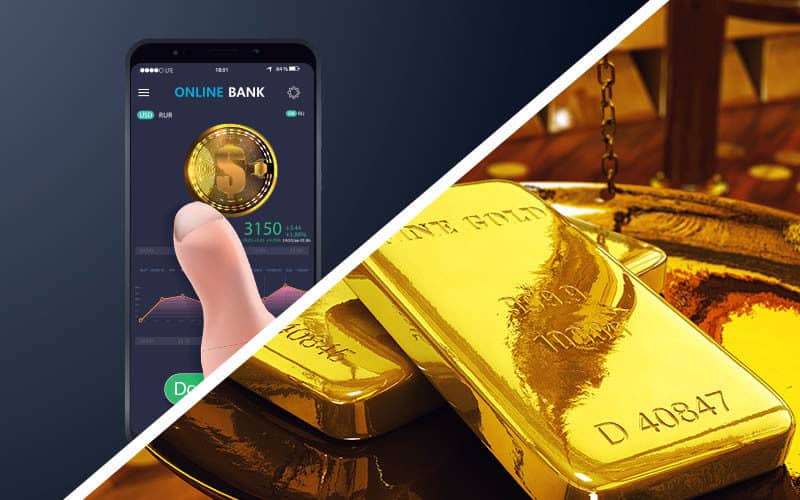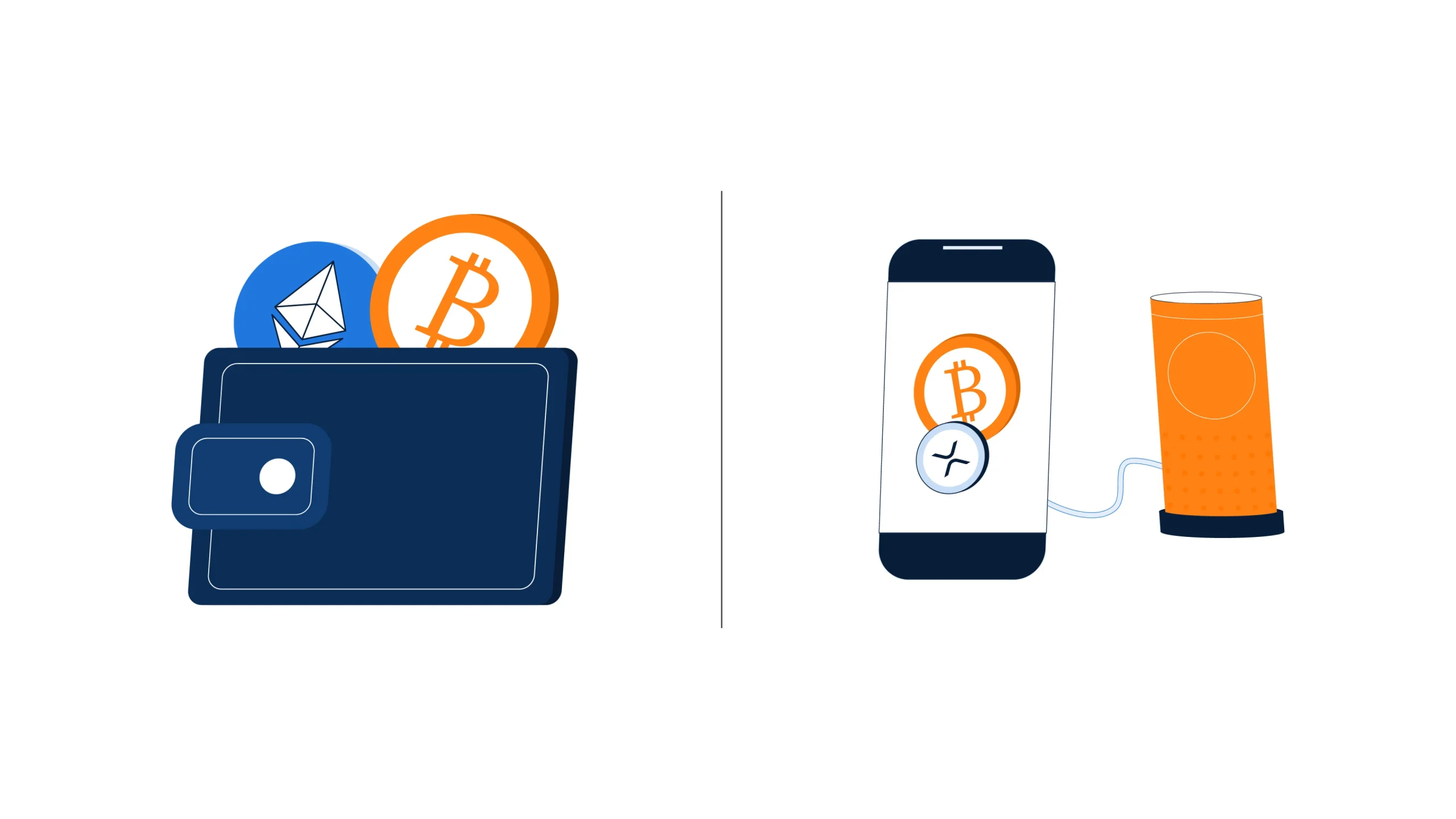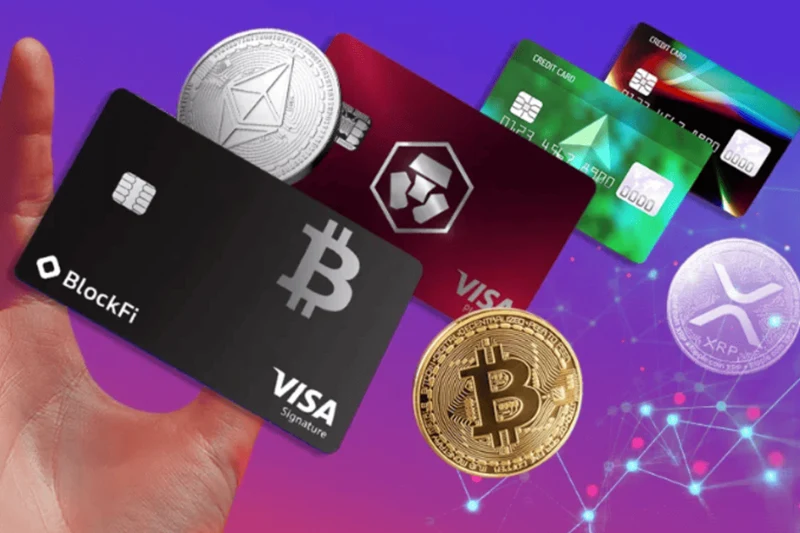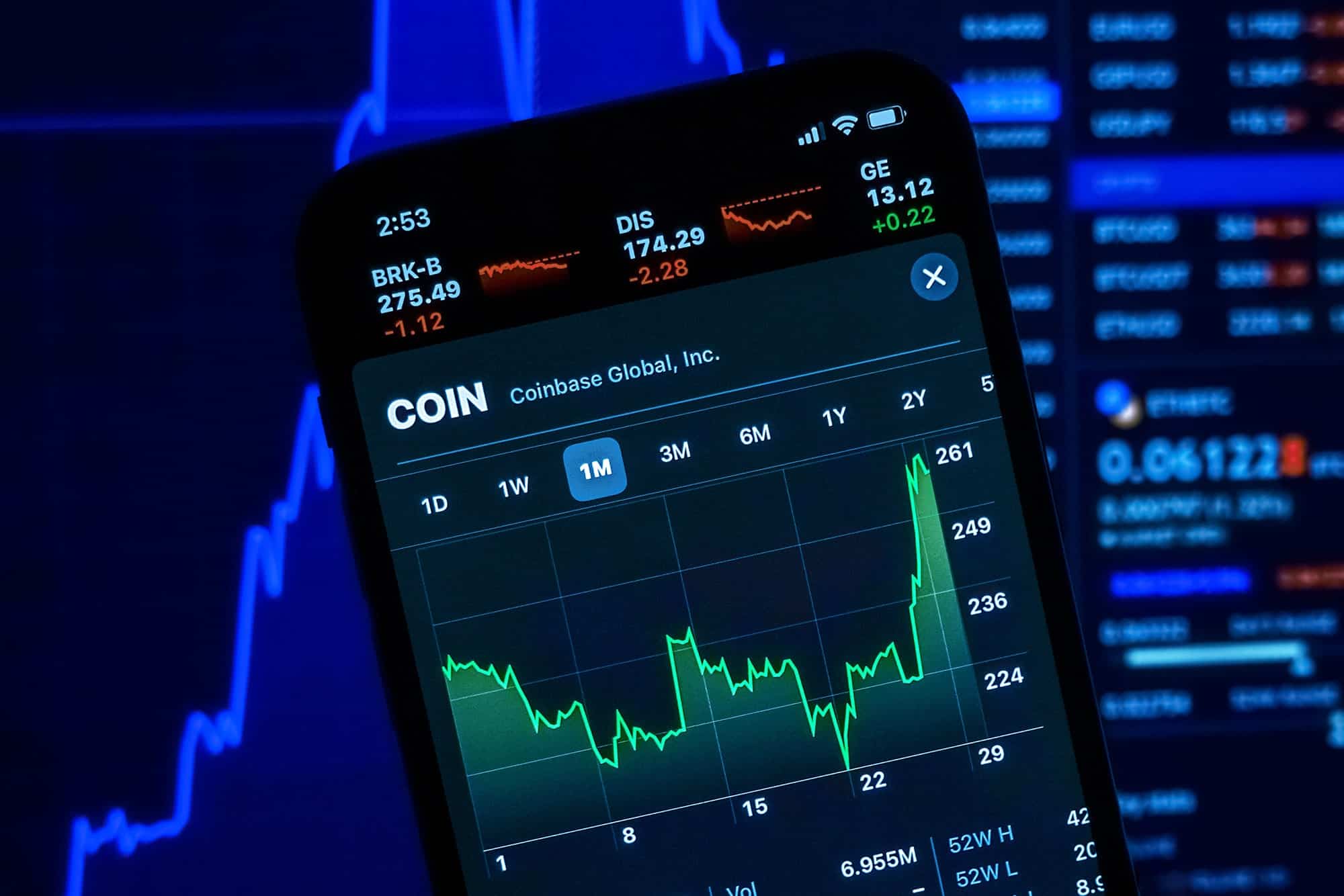Safeguard Your Digital Gold: Why Backing Up Your Crypto Wallet is Key
Imagine losing access to a treasure chest because you forgot the map. That’s what it’s like when you overlook the importance of backing up your crypto wallet information. It’s your digital lifeline to your investment. I’ll show you how to keep your wallet safe and your mind at ease. Every coin counts and so does every backup step. Get this right, and sleep tight knowing your crypto is secure.
The Fundamentals of Crypto Wallet Backup Strategies
Understanding the Importance of Regular Backups
Backing up your crypto wallet matters—a lot. Think of it as a safety net. If you drop your phone or your computer crashes, your digital money is at risk. Regular backups keep your wallet safe.
Now, let’s cut to the chase. Why are backups a must for every crypto owner? First, crypto lives online, and stuff online can get lost or stolen. Second, if you lose your key or password, you’re out of luck getting your money back. There’s no bank to call, no one to reset your password. That’s game over for your digital cash.
So, backing up your wallet means you can get into it, even if things go south. You should back up everything: your wallet.dat file, seed phrases, and private keys. Put them in more than one place. Think USB drives, cloud storage, and even paper. Yes, like an old-school secret note.
Let’s get this straight. Crypto’s like your own digital gold. Would you leave your gold lying around? Heck no. You’d keep it safe and check on it, right? Well, backing up is just like that.
Establishing Your Crypto Wallet Backup Routine
Let’s make a backup routine. A good one sticks and becomes a habit. It’s just like brushing your teeth—if you do it regularly, you avoid pain. Here are steps you can follow:
- First, pick your backup spots. More than one, remember?
- Next, set a schedule. Like maybe once every few months.
- Stick to that schedule—don’t be lazy about it.
- And, make sure each backup is safe and private.
When you’re backing up, you want to spread out your eggs—or coins, I guess. Don’t put all your backups in one place. That’s risky. If one backup fails, you’ve got another ready.
If you use a hardware wallet or cold storage, back that up, too. If it breaks or gets lost, you’ll be glad you did. With hot wallets or apps on your phone, backup gets trickier. They’re more about convenience than being super secure. But they still need backup.
For your keys and seed phrases, you want them secured and encrypted. Nobody should see them except you. Don’t share them online or with friends. It could end up in the wrong hands.
And after you back up, test to see if it works. Restore your wallet with the backup to make sure everything’s correct. It’s easier to fix mistakes now than in a panic.
To wrap this up, starting a good backup routine isn’t hard. It’s like saving for a rainy day. Do it right, and you won’t be caught in a storm without an umbrella. Remember, it’s about keeping your digital gold safe. So get to it, and sleep easier knowing your crypto is secure.
Securing Your Digital Assets Against Unexpected Events
Diversifying Storage Methods: Hot and Cold Wallets
Think of hot wallets as your pocket cash. They connect to the internet, ready for quick spends. But with internet access comes big risks, like hacking. So, what do you do? You stash your savings somewhere safe, away from threats. That’s where cold wallets come in. They are like your safe at home. No internet means fewer risks, but access is not as quick. Both hot and cold wallets play roles in safeguarding your digital gold. It’s smart to balance your crypto in both. So, if trouble hits one, you don’t lose it all.
For your hot wallet, security’s key. Use strong passwords and two-factor authentication. Remember, even hot wallets need backups. For cold wallets, think hardware wallets or paper. These protect from online dangers. At home, keep them in a safe spot – maybe even a real safe.
Crafting a Wallet Disaster Recovery Plan
Now, let’s talk about a plan for when bad luck strikes. Picture this – you lose access to your wallet. Panic time, right? Wrong. Not if you have a strong recovery plan in place. Start by backing up your wallet keys. Use a USB drive, cloud storage, or good old paper. Just ensure it’s safe and secret. Then, write down your seed phrases. These are like the master keys to your crypto vault.
Don’t stop at one copy. Make a few and keep them in different places. Some folks even use special steel cards to etch their seed phrases on. They survive fire and water like champs.
But wait, there’s more. You need to protect against theft too. So keep your backups apart. Don’t put all your eggs in one basket. Encrypt your info to give thieves a hard time. Also, consider multisignature wallets. With them, you need more than one key to open your treasury. It’s teamwork that keeps your crypto safe.
Testing your plan’s a must. Try to restore your wallet using your backup. If you find a glitch, it’s better to see it now than in an emergency. And as new threats pop up, update your plan. Stay safe by staying a step ahead.
Use these steps and you tell the world, “My crypto’s locked down tight.” Now you can rest easy, knowing your digital treasure’s safe, come storm or spill.
Mastering Key Management and Encryption
Importance of Safeguarding Private Keys and Seed Phrases
Protect your crypto like it’s gold. Because in the digital world, it is. Your private keys and seed phrases are the only way to access your funds. Lose them, and you might as well have lost a treasure chest in the ocean. That’s why a strong backup strategy for these keys is not just smart; it’s crucial.
Picture this: Your hardware wallet falls into water. Or maybe your computer crashes. Scary, right? But if you have your keys backed up, it’s not game over. You can recover your assets. Without a backup, the coins are gone for good. That’s why securing your digital keys is like having a safety net in the circus. It catches you when things go wrong.
Backing up your keys should be part of your daily digital life. It should be as normal as locking your front door at night. Use a USB drive or cloud storage, but make sure it’s encrypted. This protects your keys from prying eyes. Paper wallets are an option, too. Just keep them in a safe place, away from water and fire.
Best Practices for Secure Mnemonic Passphrase Use
Maybe you’ve heard about mnemonics, a string of words that access your crypto. They are like a magic spell. Say it right, and your digital gold is safe. Your mnemonic passphrase acts as a master key. With it, you can bring your wallet back to life, even if your hardware wallet is history.
But remember, if someone else learns this phrase, they can take your crypto. So never share it. And never keep it where hackers could find it online. When you write it down, keep it somewhere safe. Maybe a lockbox or a safe deposit box.
Also, use something called a multisignature wallet. It’s like a shared bank account. It needs more than one key to open it. This way, if one key gets lost, you can still get to your coins with the other keys.
Every so often, test your backup. Make sure you can recover your wallet. If you can’t, you need a new plan. Test it like you test your smoke detectors, so you’re safe, not sorry.
Remember these tips to help avoid theft and loss. You’re in charge of your own crypto security. It’s a big deal, but don’t worry. You can do this. Just think about that safety net. Manage those keys right, and sleep well knowing your digital gold is safe.
Testing and Updating Your Recovery Plan
Implementing Regular Checks on Backup Integrity
You don’t just lock your door once and forget it. Same with crypto security. Regular backup checks keep your digital gold safe. Imagine losing your wallet keys. It’s not just cash you’re losing; it’s access to your crypto. Now, how do you keep backups safe? Simple. Check them often. Make sure they work as your lifeline. If they fail, so does your access to assets.
Think check-ups for health. They catch issues early. Apply this to backups. It’s a must. This is how we stop small problems from growing. Ask yourself, “Can I recover my wallet with these backups?” Do this often. Over time, you’ll thank yourself.
The Role of Multisignature Wallets in Recovery Process
Multisig wallets need more than one key to open. Like a bank vault with several locks. Each key holder must agree to open it. This is good. It spreads out the risk. If you lose a key, don’t sweat. You have other keys and other people to help you open your wallet. It’s team effort for your wallet’s safety.
Let’s say you forget your wallet’s password. Tough spot, right? With multisig, you’re safe. One lost key doesn’t mean lost crypto. Other key holders can help. It’s like having spare keys with trusted friends. Multisig is about having a backup for your backup.
Why Update and Test Plans? Change is constant. So, update your recovery plans to keep them strong. Test them to ensure your safety nets hold up when needed. By doing this, you’re always one step ahead, prepped for the worst, and your crypto stays secure.
We’ve covered a lot about keeping your crypto safe. You’ve learned why regular backups matter and how to make them part of your routine. We’ve explored how using different storage – hot and cold wallets – can protect your money. You also now know a solid disaster plan is vital.
You learned to guard private keys like treasure and to handle seed phrases with care. Follow best practices, and those key phrases will stay secure. And remember, test your recovery steps often. Using multisig wallets adds even more security.
I hope these tips help you feel more confident in managing your digital coins. Stay secure and keep learning!
Q&A :
Why is it crucial to back up your cryptocurrency wallet information?
Backups are your safety net in the world of cryptocurrency. By backing up your wallet information, you protect yourself against hardware failures, loss of devices, and other unforeseen issues that could otherwise result in losing access to your crypto assets. A proper backup allows you to restore your wallet and access your funds even if your original wallet becomes inaccessible.
What are the best practices for backing up your crypto wallet?
To ensure the utmost security and efficacy, follow these best practices:
- Back up all wallet data, not just your private keys or seed phrases.
- Use secure and diverse storage methods, such as hardware wallets, paper wallets, and encrypted digital backups.
- Regularly update your backups to include any new addresses or changes in wallet information.
- Keep your backups in multiple safe and discreet locations.
- Test your backup regularly to ensure you can restore your wallet with it.
What should you never do when backing up your crypto wallet?
When backing up your crypto wallet, avoid these risky behaviors:
- Do not store backups in easily accessible online environments, as they are susceptible to hacks.
- Never share your backup information or your recovery phrases with anyone.
- Avoid using cloud storage services without strong encryption for storing your backups.
- Do not only rely on a single backup; instead, utilize multiple methods and locations for redundancy.
How often should you back up your cryptocurrency wallet?
How frequently you should back up your crypto wallet depends on how often you use it. For active wallets with regular transactions, it is advisable to back up every time there is a significant change in transaction history or added wallet addresses. For wallets used less often, regular intervals such as monthly or quarterly backups would suffice.
Can you recover your crypto wallet if you haven’t backed up your information?
Recovering a crypto wallet without a backup is extremely challenging and, in many cases, impossible. If you lose your wallet information and do not have a backup, you risk permanently losing access to your cryptocurrencies. It’s crucial to back up your wallet information to avoid such a scenario.






